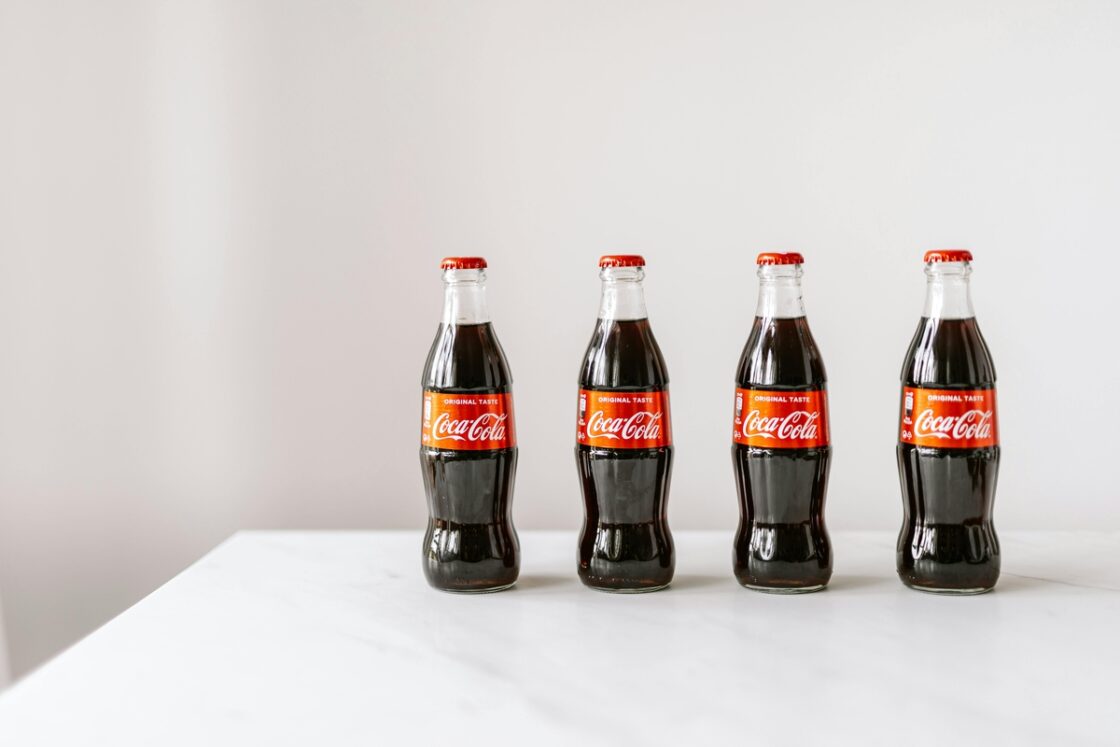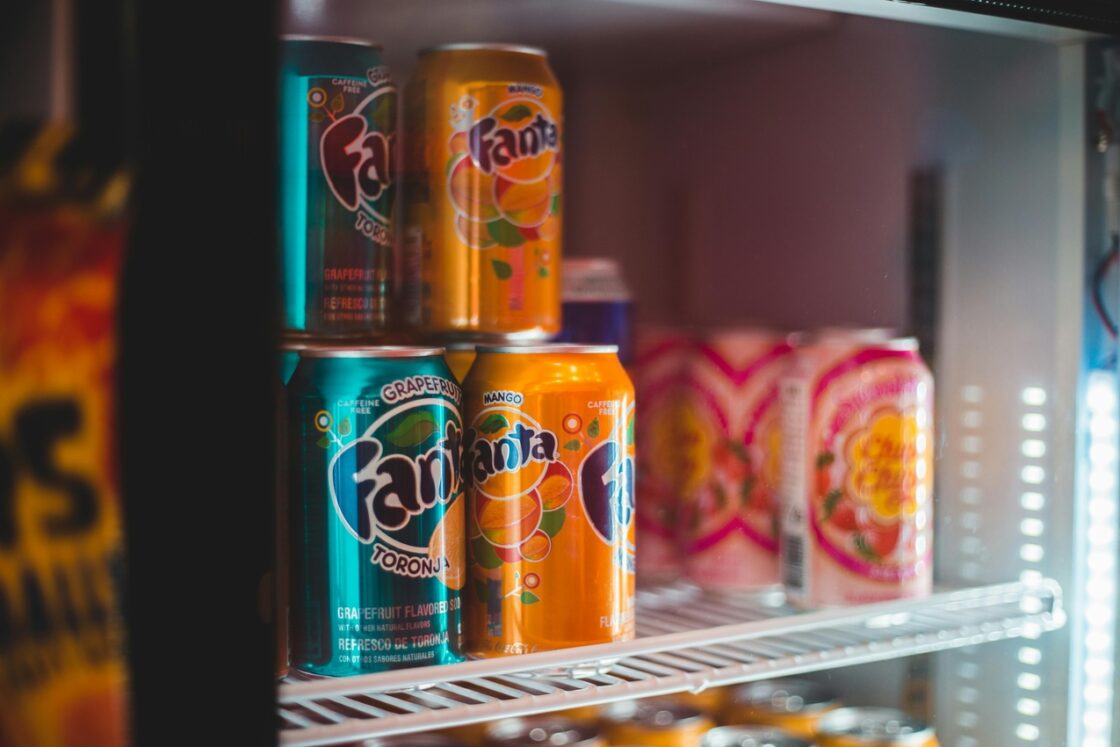
That can of Coke may be a death wish, according to a new study. The research links the consumption of sugar-sweetened beverages to an increased risk of mortality from Type 2 diabetes and cardiovascular disease. The study, published in early January in Nature Medicine, assigns sugar-sweetened beverages the responsibility for about 340,000 deaths around the world annually1. In 2020 alone, sugar-sweetened drinks like soda, fruit punch, or energy drinks also led to 2.2 million additional cases of type 2 diabetes and 1.2 million cases of cardiovascular disease.
For health experts, this health crisis has hardly elicited the appropriate response from regulating bodies. “Policymakers appropriately respond to tragic deaths, whether an airline crash or terrorism attack, but sugary drinks cause much more death and suffering, yet those deaths don’t move people in the same way because they are hidden,” said Dariush Mozaffarian, one of the study’s lead authors and the director of the Food is Medicine Institute at Tufts University. “That has to change.”
What’s So Bad About Sugar?
At this point, most of us know the health risks of added sugars. In a 2014 study in JAMA Internal Medicine, researchers found that those who consumed a high-sugar diet had a greater risk of dying from heart disease2. A 2016 research review in Nutrients showed that consumption of added sugars increased the risk of chronic diseases like obesity, cardiovascular disease, diabetes, and non-alcoholic fatty liver disease3. Overconsumption of added sugar was even linked to cognitive decline, hormonal changes, and some cancers.
“Policymakers appropriately respond to tragic deaths, whether an airline crash or terrorism attack, but sugary drinks cause much more death and suffering, yet those deaths don’t move people in the same way because they are hidden.”
Darius Mozaffarian, director of the Food Is Medicine Institute at Tufts University
What Is a Healthy Amount of Sugar Per Day?

The scary part? Added sugar is everywhere, and that makes it pretty hard to avoid. You’ll find added sugars in most processed foods, from sweet options like cereal and flavored yogurt to ostensibly savory items like canned soup, cured meat, and bread. Unless you’re being hyper-vigilant, it’s hard to even keep track of how much added sugar per day you’re consuming.
As a result, according to the National Cancer Institute, American adult men consume an average of 24 teaspoons of added sugar a day. That’s twice the recommended intake of the Dietary Guidelines for Americans, which recommends limiting added sugars to just 10% of total daily calories — about 12 teaspoons of sugar per day for someone consuming a 2,000-calorie diet. The American Heart Association, meanwhile, recommends cutting that by two thirds, advising that only 6 percent of our daily calorie intake should come from added sugars.
When you think about how much sugar is in soda alone, you can understand why policymakers might want to take action. Your average 12-ounce can of soda contains roughly 39 grams of sugar, or the equivalent of 10 teaspoons. If we’re going by the Dietary Guidelines for Americans, that’s 80% of your recommended daily sugar intake with one drink — and it’s already well over the American Heart Association’s recommended daily intake.
Sugar-Sweetened Drinks Are Even More Harmful
The thing is, sugar-sweetened drinks may be even more insidious than sugar alone. According to experts, they’re almost certainly worse because of the speed at which they are consumed and assimilated. When it comes to added sugar vs. natural sugar, natural sugars often come with fiber or other nutrients that help our bodies process the sugar appropriately. Without any counterbalancing fiber, protein, or nutrients, beverages like soda shock our bodies with a sudden influx of sugar.
“They hit your system fast, flooding you with glucose and fructose — far quicker than if you ate whole fruit with fiber,” explains Dr. Joseph Mercola, Board Certified Family Medicine Osteopathic Physician (DO) and Author of Your Guide to Cellular Health. “That surge puts strain on your liver, boosting fat production and fueling insulin resistance. It’s the speed and volume of sugar in these drinks that’s so problematic, ramping up risks for metabolic syndrome, heart disease, and diabetes.”
Do Soda Taxes Work?

For decades, governments around the world have attempted to find the right solution to encourage consumers to steer clear of drinks with sugar. So-called soda taxes are excise taxes on sugar-sweetened drinks like iced tea, fruit drinks, and sports drinks. A sugary drink tax is currently levied in nearly a dozen cities across the U.S., as well as the Navajo Nation.
These taxes are controversial, but they do seem to work. According to a 2019 research review in the Annual Review of Public Health, evidence showed an association between higher prices for sugary drinks and lower body weight — not to mention simulation models that seemed to show that tax-induced reductions in consumption of these beverages could directly lead to lower rates of obesity and improved health4. Thanks to these taxes — and increased consumer information regarding the health risks of these beverages — consumption in the U.S. peaked in 20005.
Less Is Always Better
Despite a decrease in consumption of these beverages at the turn of the millennium, we still have work to do. A 2021 data analysis from the Centers for Disease Control and Prevention found that one in three American children did not eat a daily fruit and nearly one in two did not eat a daily vegetable, but more than half had a sugar-sweetened beverage at least once a week6.
“There’s no universally ‘safe’ level — less is always better. Even moderate intake [of sugar-sweetened beverages] can have long-term impacts on your liver and metabolism.”
Joseph Mercola, Board Certified Family Medicine Osteopathic Physician (DO)
And in 2019, a researcher at Northwestern University found that despite purchases of sugar-sweetened drinks dropping by 46 percent following the soda tax in Philadelphia, there was a marked increase in the sale of such beverages at stores located zero to four miles outside of the city7. This seems to suggest that policy alone won’t solve the problem of sugary drinks — a sugary drink tax should be paired with education to encourage people to take control of their health, rather than simply looking elsewhere for their sugary fix.
For Mercola, “there’s no universally ‘safe’ level” of consumption of these beverages. “Less is always better. Even moderate intake can have long-term impacts on your liver and metabolism.”
A Western Problem Moving Abroad
While the sugar-sweetened beverage problem seems to be waning in the U.S., the same cannot necessarily be said for other countries. The research, which analyzed data from the Global Dietary Database in conjunction with 450 additional worldwide studies, focused specifically on sub-Saharan Africa and Latin America — two regions that have seen the biggest jump in soft drink consumption in recent years.

Intriguingly, the study showed that intake of sugary drinks in sub-Saharan Africa, South Asia, and Latin America was higher among the well-educated, while in the Middle East and North Africa, the opposite was true. For Laura Lara-Castor, a nutritional epidemiologist at the University of Washington and a lead author of the Nature study, higher rates of consumption in some regions reflected the allure of the West. “Consuming these drinks is often a mark of status,” she said.
Luckily, Lara-Castor told the New York Times, public policy endeavors in Latin America and the Caribbean have already begun to shift consumption patterns7. Brazil, for example, has introduced bold warnings on packages and a new sugary drink tax. In Mexico, a 10 percent tax on sugar-sweetened beverages enacted in 2014 led to a 12 percent drop in purchases8.
“While taxes alone won’t fix everything, they do nudge people away from these drinks,” said Mercola, “which can help lessen the health problems tied to high sugar intake.”
Sources:
- https://www.nature.com/articles/s41591-024-03345-4
- https://pubmed.ncbi.nlm.nih.gov/24493081/
- https://pmc.ncbi.nlm.nih.gov/articles/PMC5133084/
- https://www.annualreviews.org/content/journals/10.1146/annurev-publhealth-040218-043816
- https://www.nytimes.com/2025/01/06/health/sugary-soda-beverages-diabetes-heart-disease.html
- https://www.cdc.gov/mmwr/volumes/72/wr/pdfs/mm7207a1-h.pdf
- https://www.nytimes.com/2025/01/06/health/sugary-soda-beverages-diabetes-heart-disease.html
- https://web.archive.org/web/20190302090721/https://www.npr.org/sections/thesalt/2015/06/19/415741354/mexicos-sugary-drink-tax-makes-a-dent-in-consumption-study-claims

